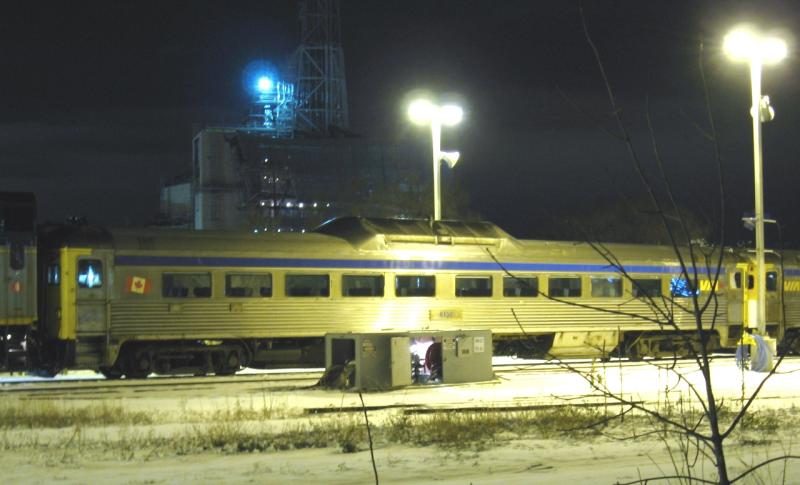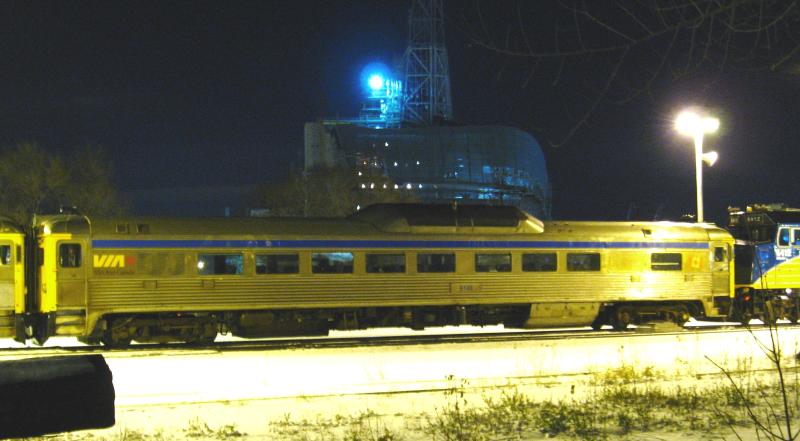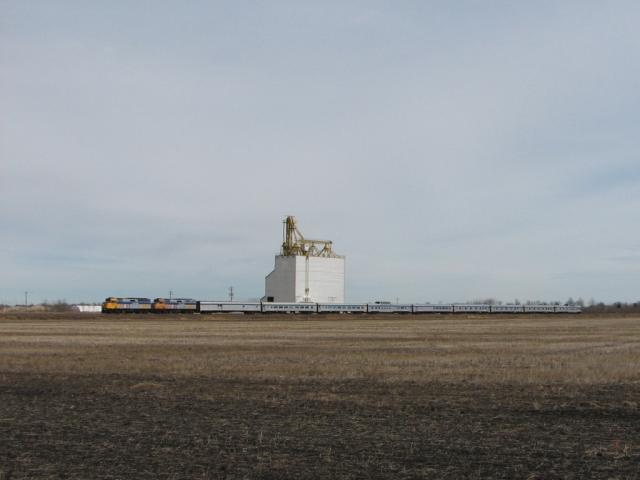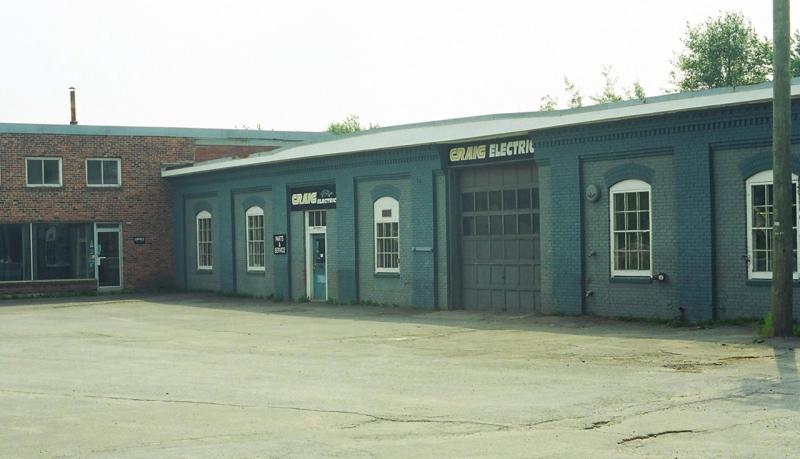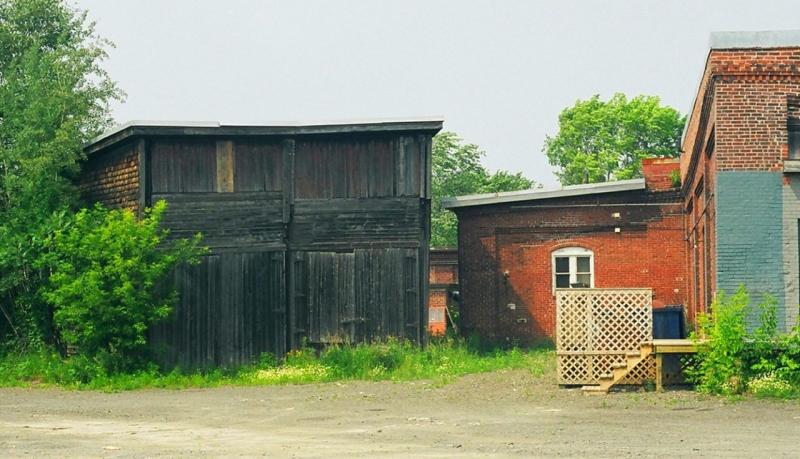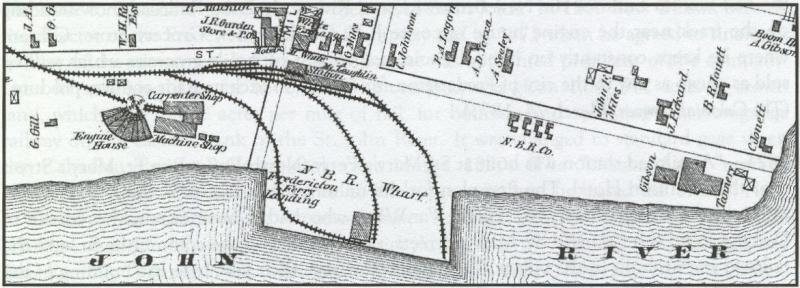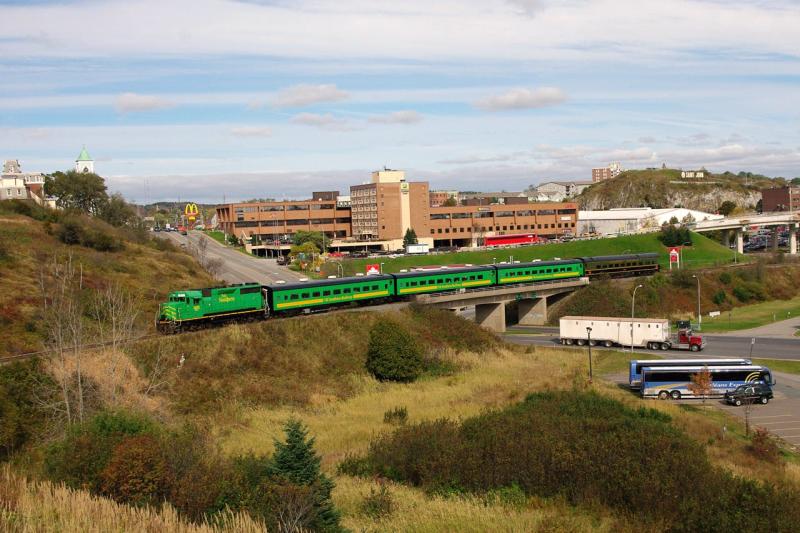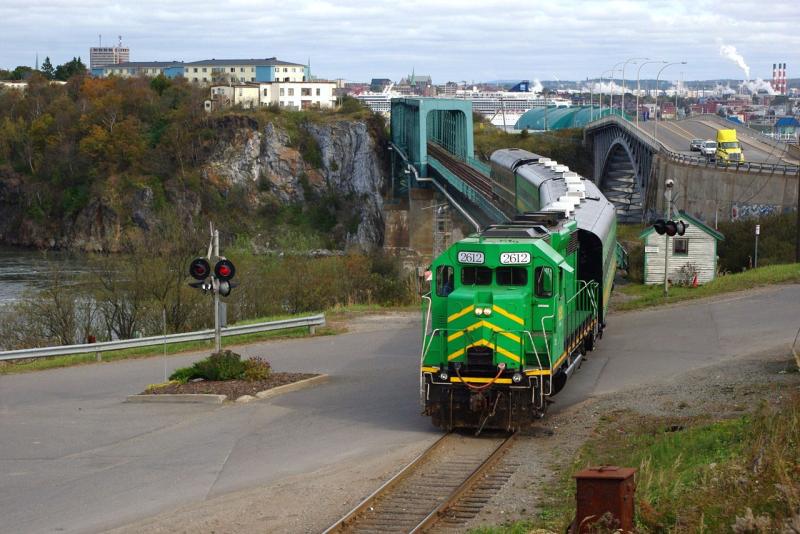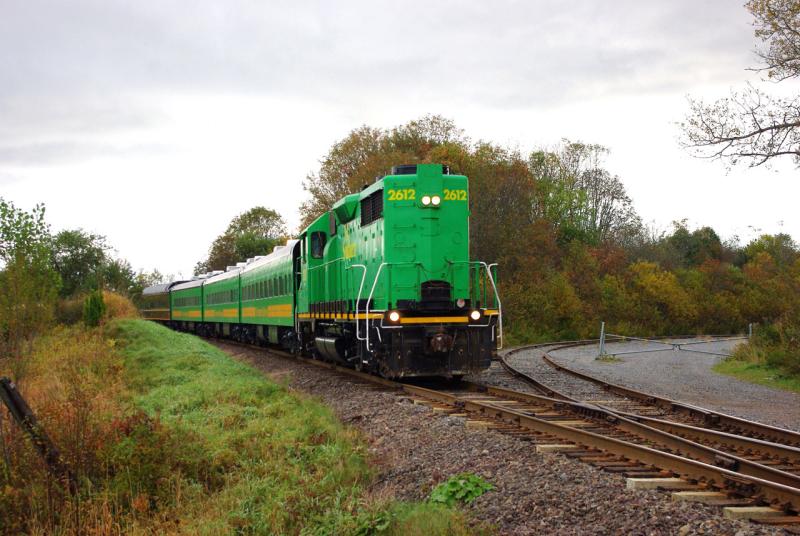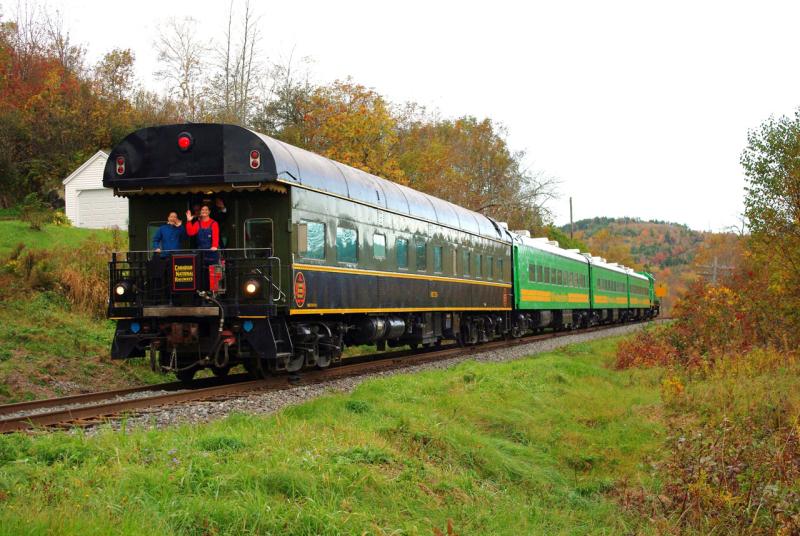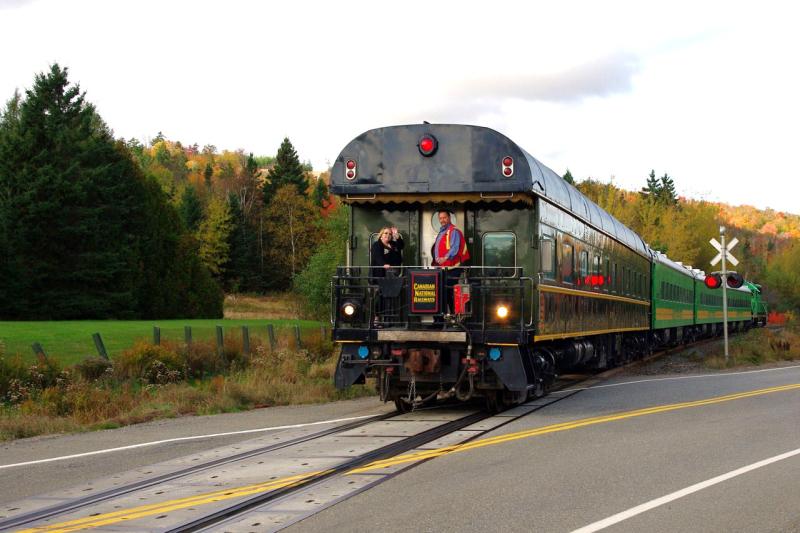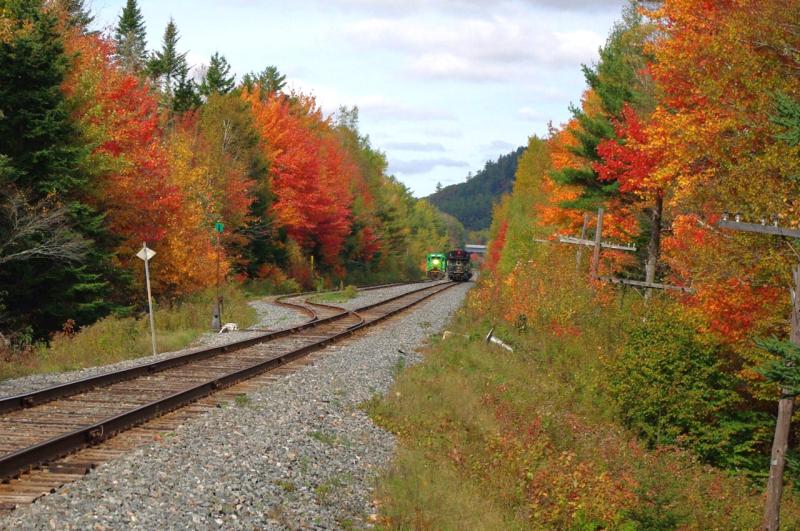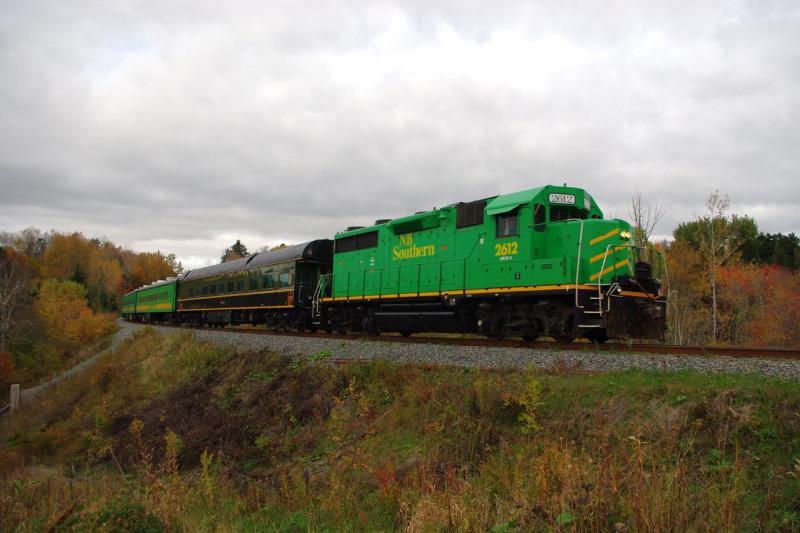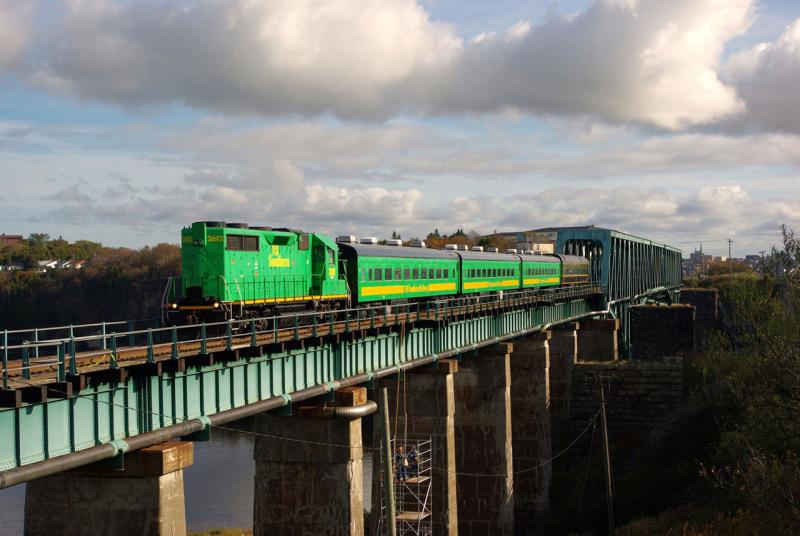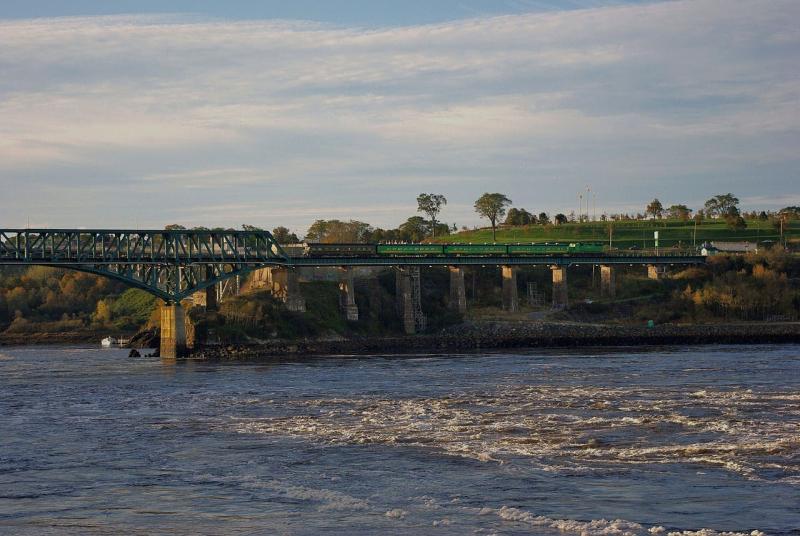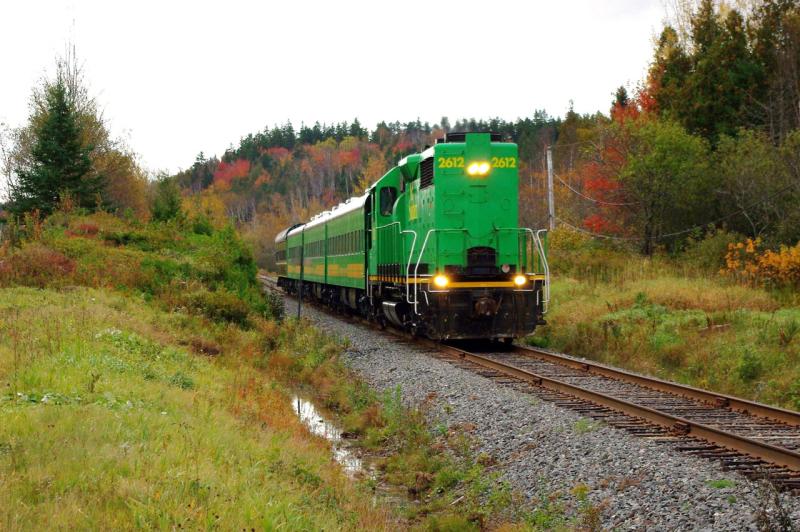I mentioned HDR a while ago. HDR stands for
High
Dynamic
Range and is basically a way of processing digital images to include more details in a photo than your camera is normally capable of taking with a single image. Traditionally, an HDR photo consists of several images taken at different exposure settings and merged together with a software program such as
Photomatix.
You can take these different exposures automatically or manually. My T1i allows me to shoot three images, one "normal", one under-exposed and one over-exposed, by a menu setting and then clicking the shutter button three times in a row. Preferably you have the camera on a tripod so the scene doesn't change between clicks.
The reason HDR works is because different details are recorded when you change the exposure. When you over-expose an image, you brighten up the shadows and reveal details that aren't there at a "default" exposure. When you under-expose an image, you preserve details that might otherwise be blown out at the normal exposure and rendered as simply white pixels. The software merges them together in a process called "tone mapping" that takes all the images and renders them into one image.
HDR is kind of a love it or hate it thing with photographers. Many photographers love the marvelously detailed photos it produces. Many others hate the "fake" look that many HDR photos have, either intentionally or otherwise. Personally, I like "natural" HDR photos but I really dislike the luminous, false-looking photos that some people produce.
Here's what I consider
realistic HDR. Click on the image for a larger view.
Now this one is what I consider
UNrealistic HDR. It's pretty but it does not look real to me.
You may know that many cameras can shoot in "RAW" mode, meaning they capture the raw output from the camera's sensor into a file. A camera that shoots only JPG or TIF photos takes the raw output and applies exposure, white balance and other settings to the raw output, saves the JPG or TIF and then throws the raw output away. This saves space but some detail is lost. I shoot RAW photos these days and process them into JPGs before publishing them here. Almost everybody who does HDR work does it with RAW files.
There is a version called "single image HDR" that does HDR processing on a single RAW camera image. How does that work? You basically copy the same image three or four times, then tell your favourite HDR program that they are separate images taken at different exposures. Theoretically it is good for photos like I take, where you cannot take multiple exposures of the same scene because the train isn't holding still for you! I thought I'd give it a try with a few images.
I took this image of VIA 6416 I
shot a few days ago.

I ran it through Photomatix as a single image HDR and came up with this.

I see a lot more detail on the engine itself, as the shadows are reduced significantly. I also see some improvement in cloud detail and colour, but I think the engine itself shows the most improvement. What do you think?
You can see from the watermark that I haven't paid for Photomatix yet. ;)
Here's another from the same blog post. CP 9109 and CP 5764 were heading south on the La Riviere subdivision just outside La Salle, Manitoba. I tweaked this image as much as I could to show some detail on the undersides. Since I was shooting toward the sun, the sky in the top left was blown out and there was a lot of contrast in the shot.

Here's the Photomatix treatment.

I think the second image is much better. There is a lot more detail in the clouds and the shadows are significantly less. However, the second image seems a bit unreal to me. There is a Luminosity setting in Photomatix, and I cranked it up a bit for this one to see what it would do.
I'm going to try the "blah" images from
last week and see how they turn out. I'll let you know.
What's your impression of HDR processing? Do you like it? Hate it? Don't see much point to it?



